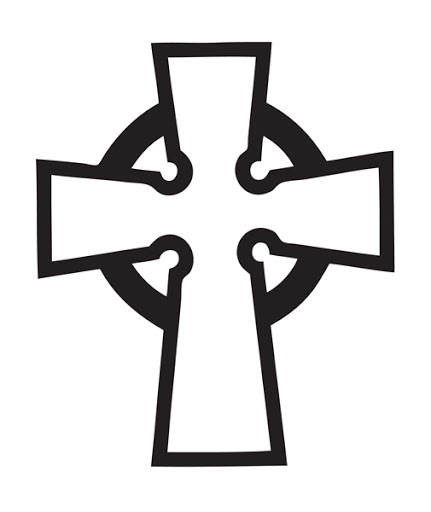British Christianity
British Christianity is native to the island, established by immigrants four centuries ago. It has bishops and abbots, but no single figure rules over all of them. Their local
kings or noblemen appoint these important leaders, who in turn are loyal to their regional lords.
British Christianity differs from Roman Christianity in several important respects. The British Church:
- reveres the sacred cup of resurrection as being of greater importance than the cross of death
- is largely subservient to secular patrons who first financed the abbey foundations, a type of holding called a benefice;
- has no priests, but instead has Teachers, sometimes also called Shepherds;
- has no bishops, but some abbots have the power to authenticate new Teachers (since the coming of the Roman Church, they are called abbot-bishops)
- holds worship services in a circle centered around a table where Teachers sit, rather than at an altar, worshippers praying by looking upward with open arms
- allows women teachers and abbesses who are fully equal to the males
- is more closely associated with the commoners in the countryside, rather that with a Roman city.
History
Christianity first reached Britain with the arrival of Jesus during the “missing years” of his life as shown in the Roman gospels. He came with Joseph of Arimathea, a tin merchant, who later gave his tomb for Jesus to be buried in.
After the crucifixion Joseph was imprisoned for several years and was given neither food nor water. When his captors later opened his cell, expecting to find a dessicated corpse, they were greeted instead by a hale and hearty Joseph. He was kept alive by the Holy Grail, which appeared to him each day and provided food and drink. The Roman authorities, awed and fearful of this miraculous man, let him free.
Joseph gathered his family and followers and departed from the Holy Land, led by the Grail to found a new home in distant Britain where he already knew people who had traded him tin for the exotic goods of the near east. The island was not conquered by Rome yet. He was granted the lands of Glastonbury under extraordinary conditions, thanks to the piety of the king in Summerland. He established the first monastery, called Glastonbury. He began preaching to the locals, many of whom converted to the new faith.
After many years he handed the Holy Grail over to a lineage of his descendants who became the Keepers of the Holy Grail. Others from his monastery began going about the country to preach and establish new abbeys. At Roman Sorviodunum his son established the first new abbey after Glastonbury, called the Abbey on the Rock, which name also identifies the site. It is known that many druids converted to Christianity and kept many of their old ways.
Joseph’s testament set the monastic standards and tone of the new religion in Britain. Most British abbeys follow his code and wear simple red-brown habits, and so are called Russet Monks.

Alternative Names
Church of the Grail
Permeated Organizations
Controlled Territories
Related Ethnicities
Remove these ads. Join the Worldbuilders Guild









Comments